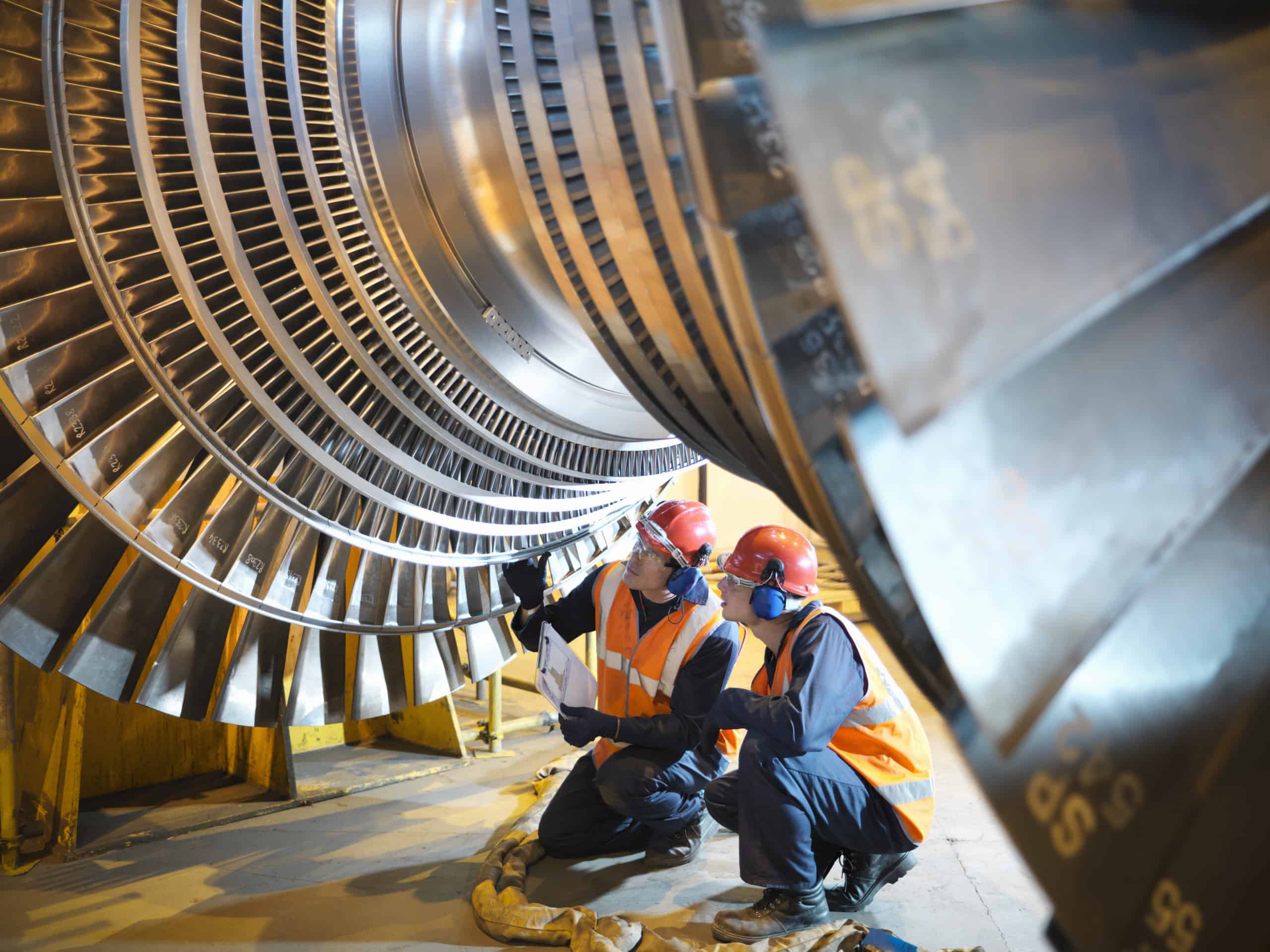Manufacturing has historically been laggards in its adoption of emerging technologies as business processes, from the production line to back-office operations, have inherently been tied to legacy applications. But that is rapidly changing. Faced with competitive pressures, and driven by technological enhancements across broad sectors of the economy, today’s manufacturing leaders are seeking new ways to improve productivity, reduce downtime, and streamline operations and the supply chain.
Without question, data is a primary driver in reshaping the business landscape. The Mckinsey Global Institute, for example, reports data-driven organizations are 23 times more likely to acquire customers. Manufacturers recognize the value here: IDC predicts that by 2021, over 70 percent of manufacturers worldwide will be using data to enhance automation and operations. Just as data has become the driving force across a wide range of industries, the next evolution in manufacturing will rely on data and analytics to drive operational efficiencies. By leveraging new data sources and utilizing this information in innovative ways, manufacturers will achieve improved and more efficient product development, supply chains, and production capabilities.
Learn more about Data and Analytics are enabling Connected Manufacturing. Download the eBook: Connected Manufacturing: Top 5 Data and Analytics Use Cases

The reshaping of manufacturing
Manufacturing already is embracing streaming and real-time data flows. Data captured in-the-moment is being used to make timely adjustments and drive as-needed, and sometimes autonomous, responses to equipment maintenance, workflow routing, fluctuating demand, supply chain disruptions, and diverse other variables driving productivity, lowering the cost of maintenance and optimizing supply chains. But in order to make the most of this real-time opportunity, manufacturers must rethink their approach to data management, which lies at the core of effective data utilization.
Some have referred to this emerging approach as “connected manufacturing.” This vision of manufacturing, driven by data and analytics, is shaping this traditional industry toward a more efficient and effective mode of operating, driving value to the business, its shareholders and its customers.
Some manufacturers, for instance, will leverage real-time process monitoring to optimize the production process and manage logistics. Others will tap data to drive predictive maintenance, rather than performing maintenance according to a rigid schedule. Others will leverage high-end analytic tools such as computer vision, which uses visual imagery and video feeds to drive improved quality control.
Top 5 Data and Analytics Use Cases
By harnessing data and applying modern analytics, manufacturers can enable a range of powerful use cases. Here’s a summary of some of the top use cases that we see manufacturers enable on using data and analytics at its core:
- Real-time Process Monitoring
Real-time process monitoring provides a consistent real-time view of the state of operations. The data offers insight into key sensor parameters and KPIs and measures production targets like cycle time, production rates, and defect rates.
- Predictive Maintenance
Data can help manufacturers to improve their processes around the repair and maintenance of key assets and production equipment. Instead of relying on reactive maintenance, manufacturers can predict maintenance needs based on the actual condition of equipment, based on the data coming off of sensors, thus reducing costs and improving efficiencies. When this operational technology data (sensor data) is then combined with informational technology data (MES, ERP, etc) powerful results are realized through optimized downtime scheduling, manpower allocation and reduced logistics costs.
- Computer Vision for Quality Assurance
Using computer vision, manufacturers can use computers to automate visual inspections at a rate and detail no human can match, enabling computers to effectively manage quality assurance while reducing the cost of quality control and preventing defects across the manufacturing process.
- Throughput Optimization
Manufacturers must continuously improve and optimize manufacturing throughput across their various plants and production units. Data, analytics, and machine learning plays a critical role by dynamically identifying and eliminating bottlenecks, improving production rates, reducing inventory, and increasing asset utilization.
- Supply Chain Optimization
The influx of real-time data and high-performance analytics are enabling new levels of supply chain performance — from simple use cases such as offering visibility into inventory levels, to more complex ones relating to real-time inventory optimization and transformation.
All these modern, data-driven enhancements are changing manufacturing for the better, optimizing throughput and streamlining fulfillment.
| Learn more about Data and Analytics are enabling Connected Manufacturing. Download the eBook: Connected Manufacturing: Top 5 Data and Analytics Use Cases |
A New Data Paradigm For Manufacturing
In order to take full advantage of these data-driven innovations, manufacturers need to adopt a new and more sophisticated approach to data management. They want the ability to ingest, process, store, analyze, model any type of data (structured, unstructured, or semi-structured data), regardless of where it lands — at the edge, on premise at the factory floor, in the data center, or in any public, private, or hybrid cloud.
To generate meaningful insights from data, manufacturers today need to move toward an integrated multi-function platform that offers proven and open data-management tools and analytics engines.
The Cloudera Data Platform
The Cloudera Data Platform (CDP) is the industry’s first enterprise data cloud, with end-to-end analytic capabilities from the Edge to AI. It delivers powerful self-service analytics that embraces hybrid and multi-cloud environments and includes sophisticated and granular security and governance policies.
With Cloudera, manufacturers can ingest data from a variety of sources including both streaming and enterprise data sources, store and process it across a hybrid infrastructure, and run analytics or apply machine learning algorithms to all data, all while maintaining strict enterprise data security, governance, and control across all environments.
A 100 percent open-source platform, CDP addresses the manufacturing sector’s need for ease of use. The ability to set data security, governance, and control policies once, and to enforce these consistently, helps to reduce operational costs and business risks while empowering IT with complete infrastructure choice and flexibility.
To learn more download the eBook on Connected Manufacturing: Top 5 Data and Analytics Use Cases
Learn more about Cloudera in Manufacturing




